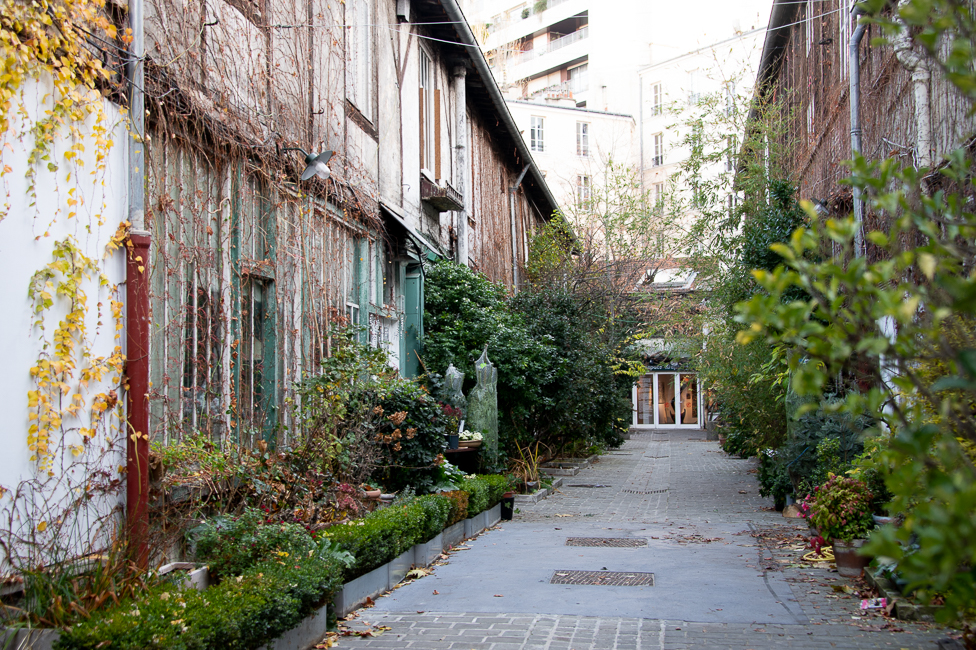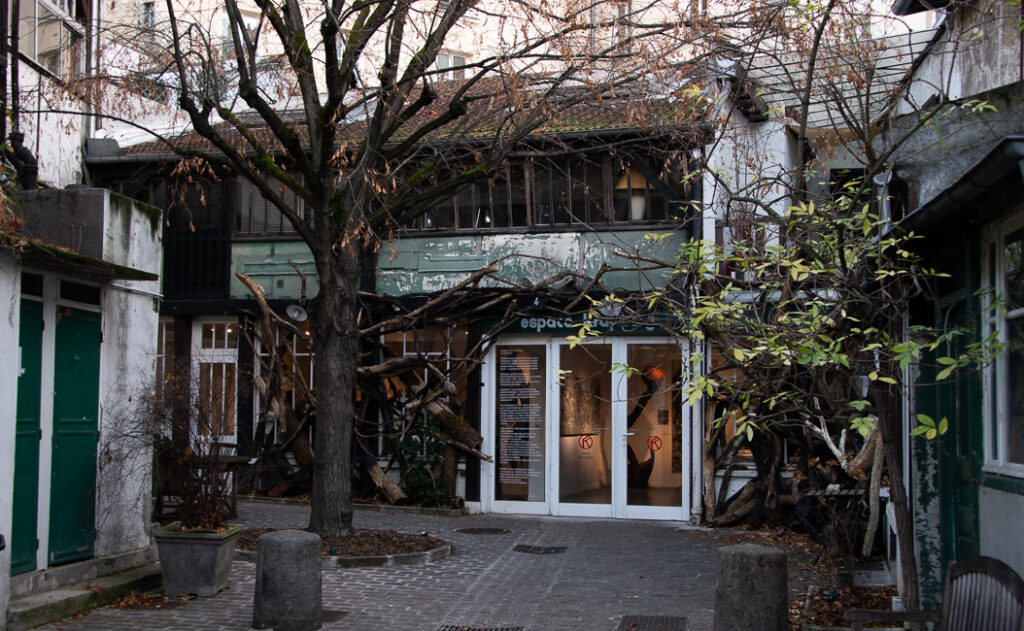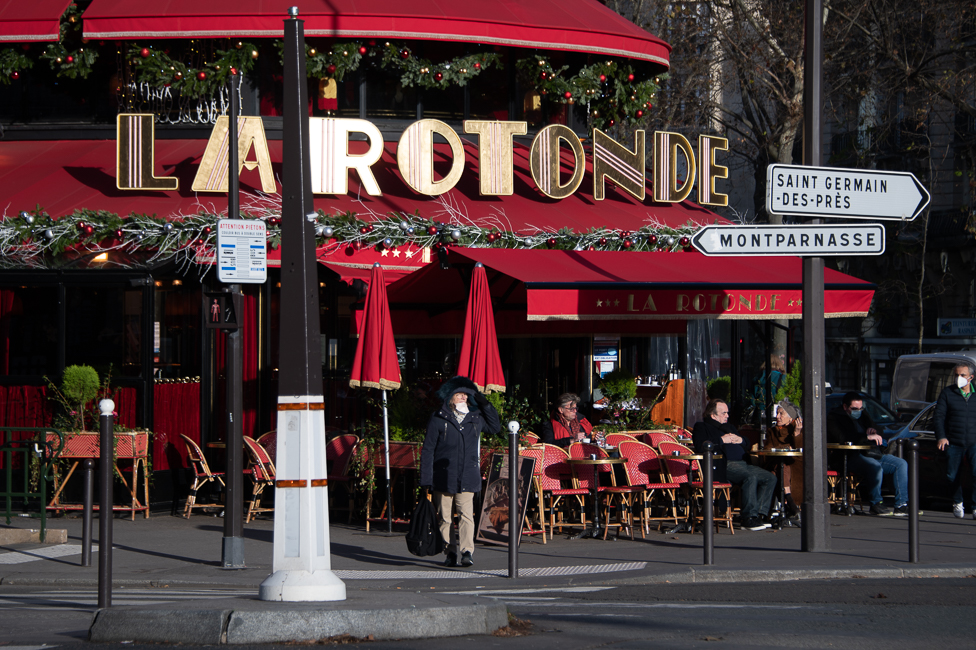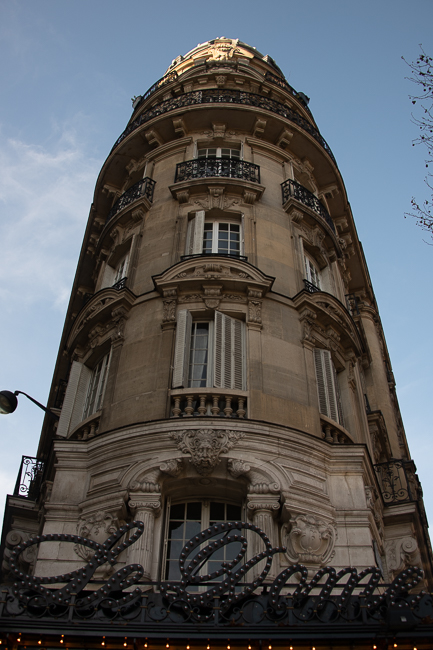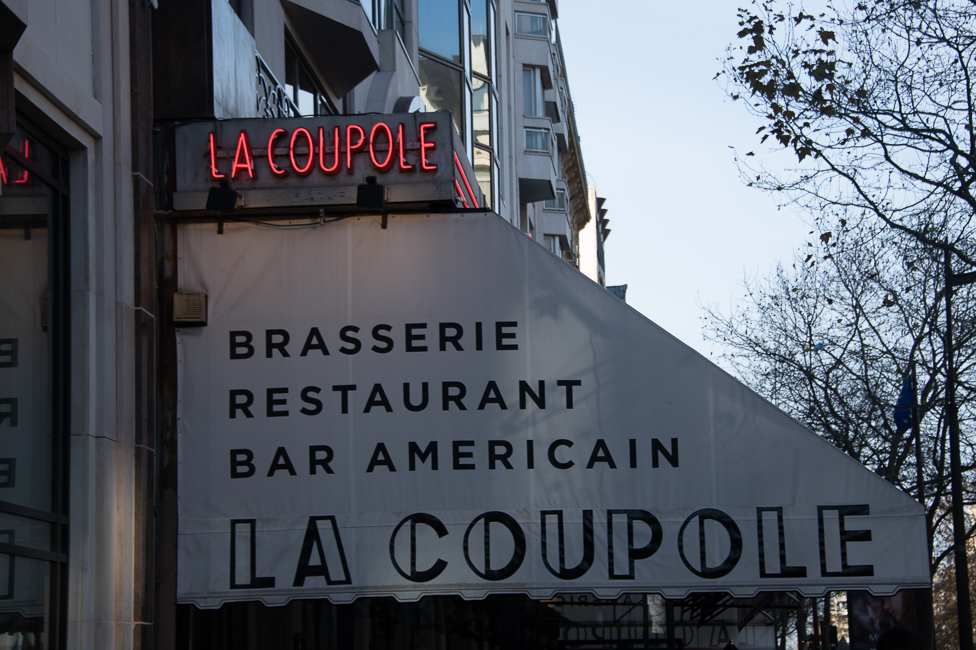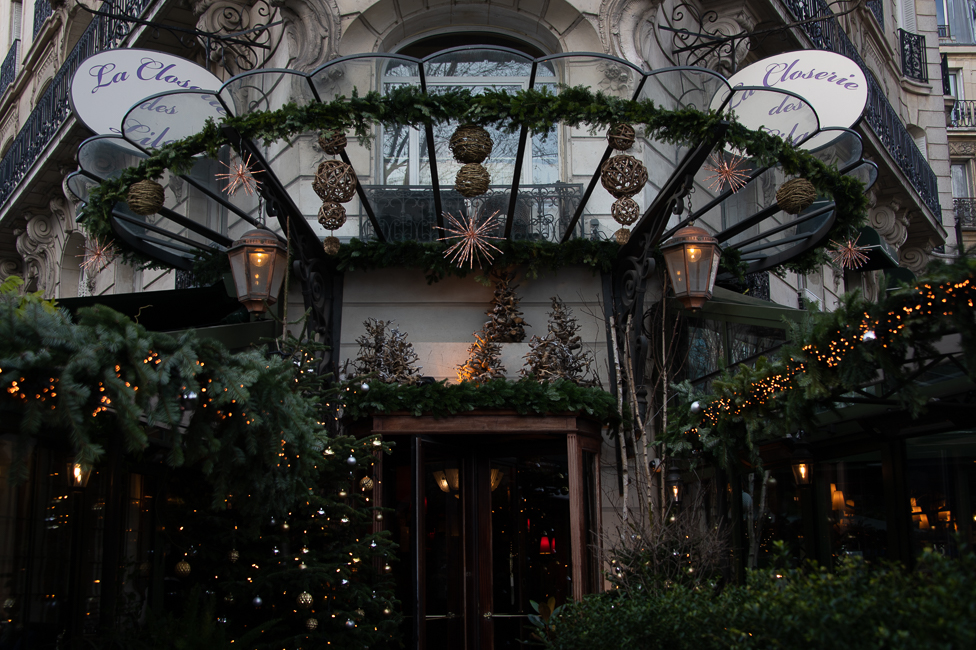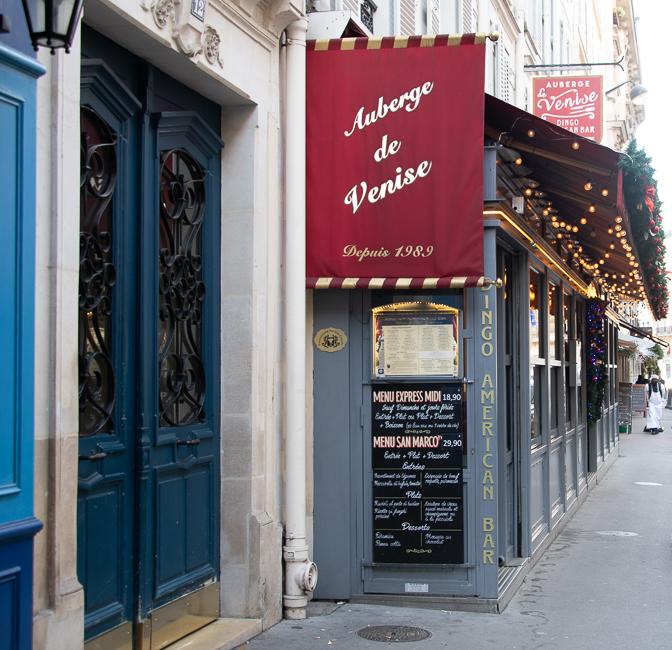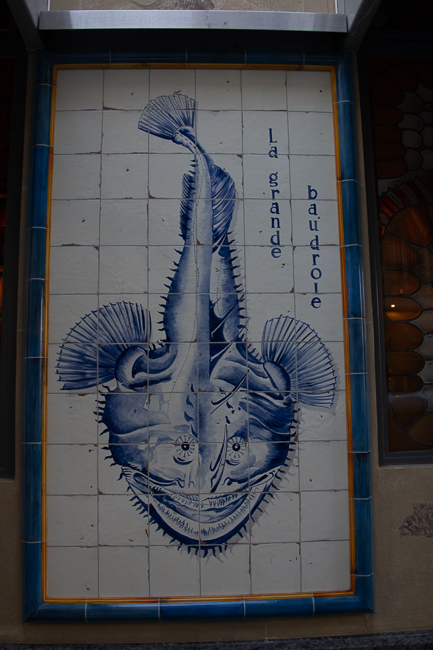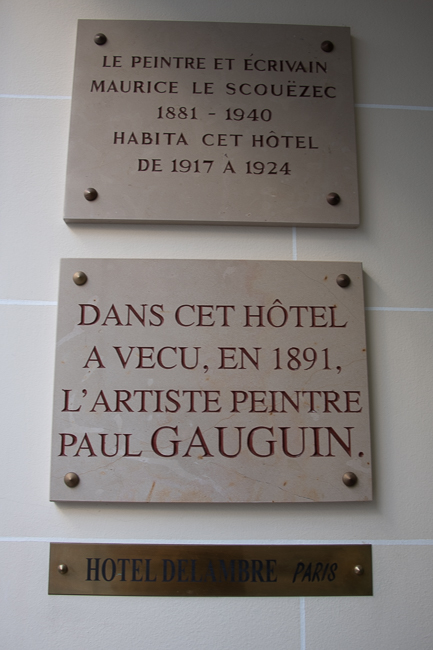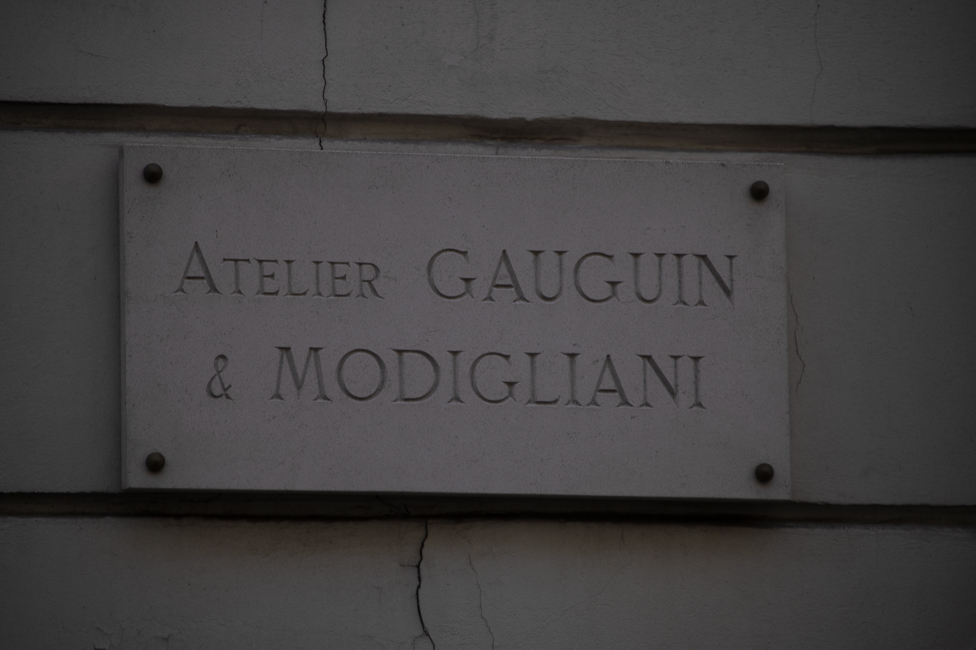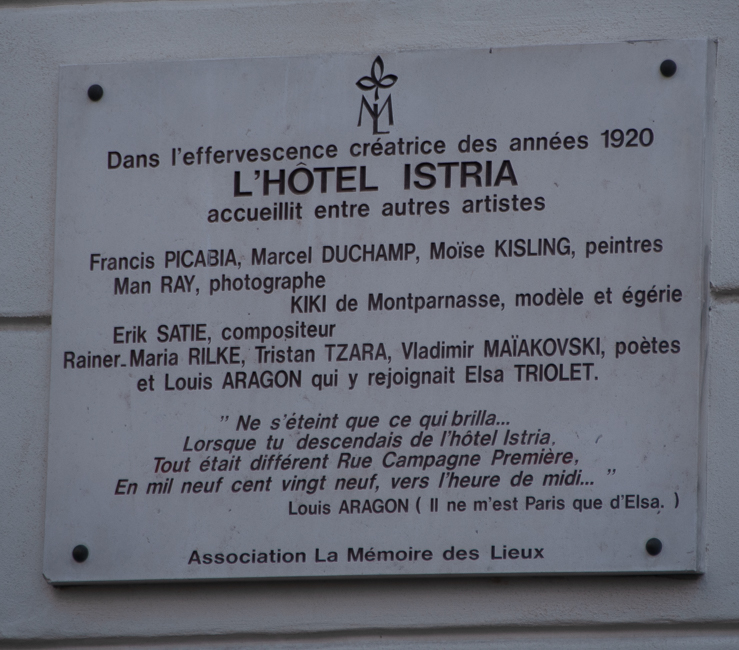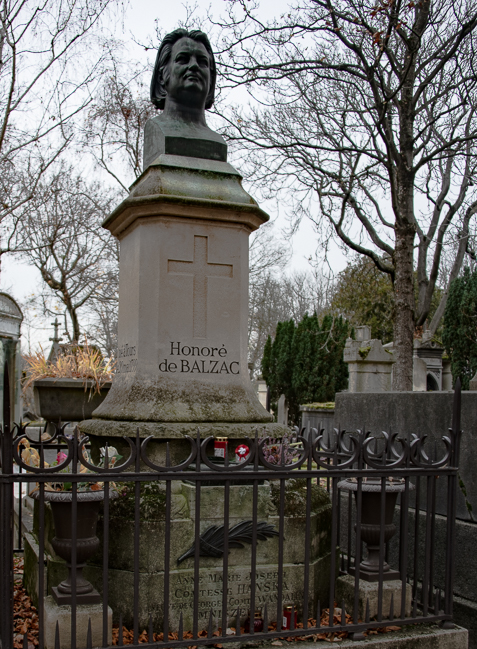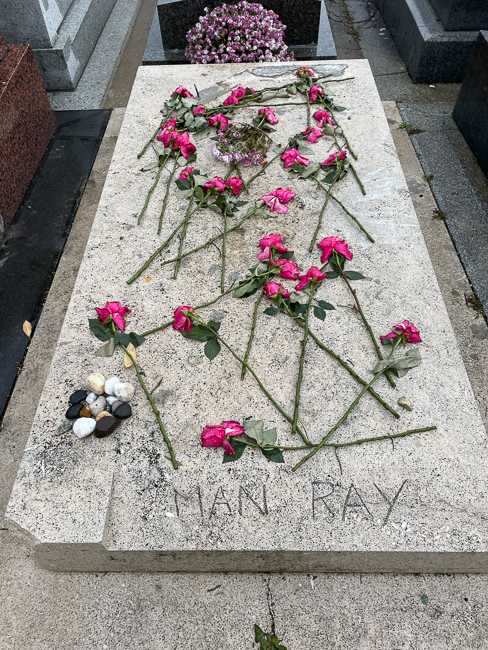December 2021
While Montmartre was the center of the art world of the late 1800s, it moved to Montparnasse in the early 1900s.
In the early 1900s Paris was the home of the avant-garde with the advent of Cubism, Surrealism and Dadaism – Picasso and Matisse, Chagall, Giacometti, Miró and Calder, Man Ray and Foujita all spent time in Montparnasse, then, one of the most prosperous and prolific art colonies of the 20th century.
“I aspired to see with my own eyes what I had heard of from so far away: this revolution of the eye, this rotation of colours…that could not be seen in my town. The sun of Art then shone only on Paris.” – Marc Chagall writing about these Années Folles (the Crazy Years).
Although times and Paris have radically changed one can still trace the footsteps of many of these artists in todays Paris.
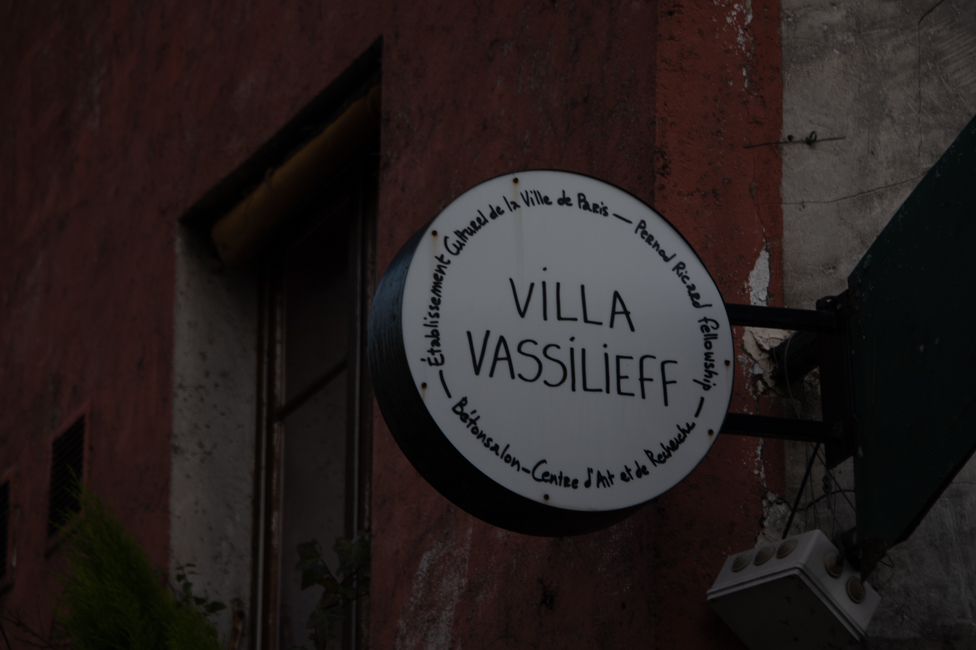
Villa Vassilieff with all of its history still works as an artist colony today specializing in promoting female artists
It is easiest to begin with Marie Vassilieff. A Russian artist who moved to Paris around 1911 and opened her own atelier at 21 Avenue du Maine. Soon the likes of Henri Matisse, Nina Hamnett, Amedeo Modigliani, Ossip Zadkine, Olga Sacharoff, Juan Gris, and Chaïm Soutine were dropping by for conversation and occasionally to draw. Eventually her atelier was filled with paintings by Marc Chagall and Modigliani, drawings by Picasso and Fernand Léger, and a sculpture by Zadkine.
By 1913, her studio was so widely known that Fernand Léger gave two lectures there on the topic of Modern art.
What this fascinating woman is most remembered for, however, is her canteen that operated before and during World War I. Through her work as a nurse in the French Red Cross she could easily see how badly artists were suffering financially and how little they had to eat, so in 1915, she opened a canteen providing a full meal and a glass of wine for a few centimes.
The cafes of the area provided much the same atmosphere, bread left on the street corner for a little while before being taken inside, should an artist in need stroll by. A table where one was allowed to sit all day with just one drink, and not be shooed away or asked if they would like another.
Jean Cocteau once said poverty was a luxury in Montparnasse.
These cafes still exist today, cafés like Le Dôme and La Closerie and des Lilas, and La Coupole, all lifelines to the starving artists. Places where one could also find Ernest Hemingway finishing The Sun Also Rises, and James Joyce writing Finnegans Wake.
The Dingo American Bar and Restaurant at 10 rue Delambre, now called the Auberge de Venise opened its doors in 1923. It was one of the few drinking establishments at the time that was open all night.
Ernest Hemingway recorded in his book A Moveable Feast, that he first met F. Scott Fitzgerald at the Dingo Bar in late April 1925, two weeks after the publication of Fitzgerald’s The Great Gatsby.
Others patrons of the Dingo Bar included Pablo Picasso, Aleister Crowley, Nancy Cunard and Isadora Duncan who lived just across the street.
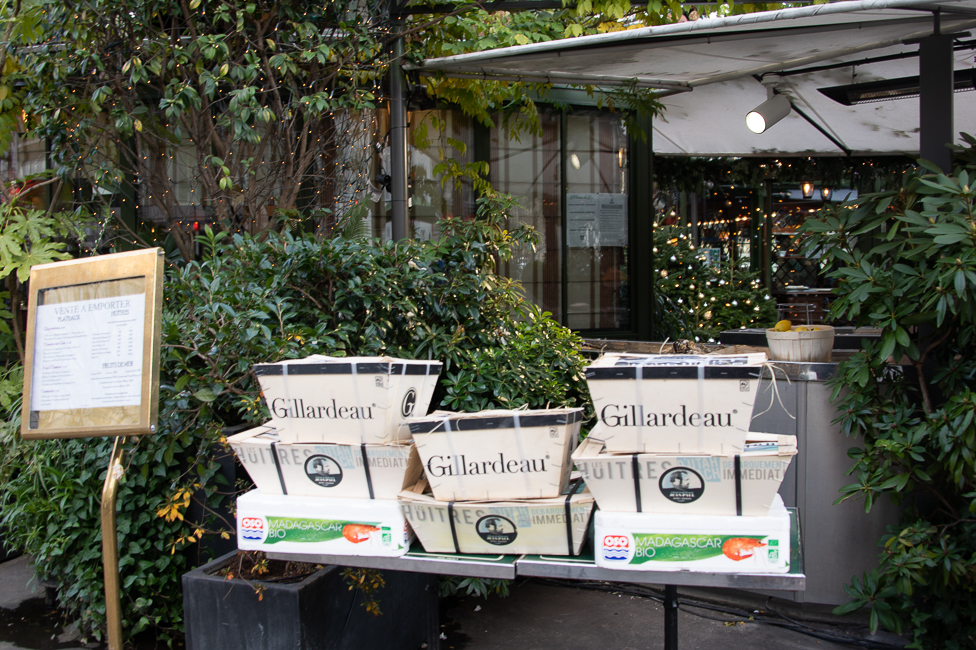
Montparnasse was first settled by people from Britanny. This can be seen in the oysters available in all the cafes, and the numerous creperies that abound in the neighborhood
Since so many of the artists eventually became famous, their places of residences can be spotted thanks to plaques outside many of the establishments.
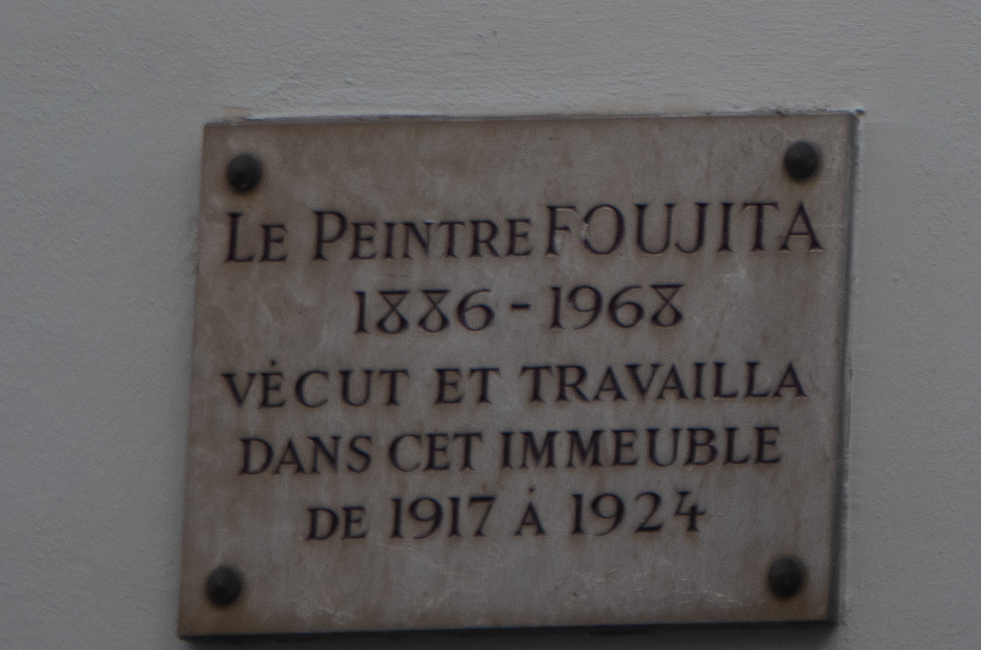 On the same street at #5 you will find a plaque for the Japanese/French artist Foujita.
On the same street at #5 you will find a plaque for the Japanese/French artist Foujita.

Man Ray had his studio in this stunning building at 31 bis Rue Campagne-Première. Bis means 1/2 a numbering system used when two units occupy the same lot.
Man Ray lived next door at L’hotel Istria with his muse and love Kiki de Montparnasse. The hotel was the home to many great artists of the era.
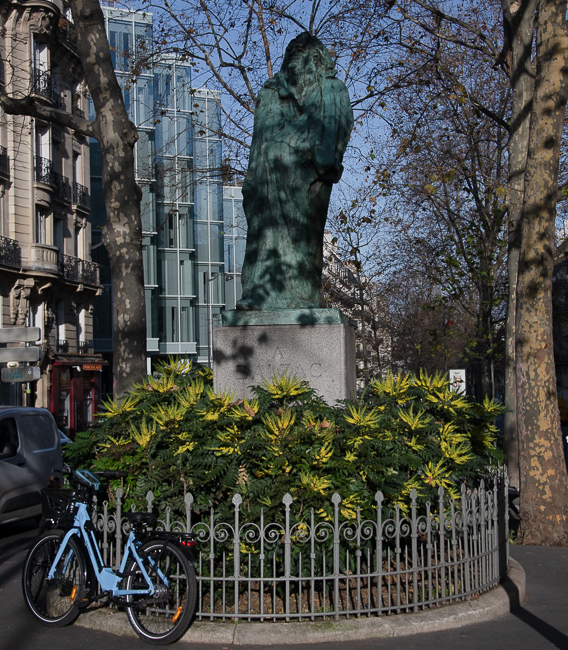
Rodin’s sculpture of French writer Balzac was finished in 1898 and cast in bronze after the artist’s death in 1954. Rodin used photographs of the writer and local physiognomies from a trip he made to Tours, where Balzac was born, to recreate the sculpture. The sculpture is located at the intersection of Boulevard Raspail and Boulevard du Montparnasse.
Honoré de Balzac died August 18, 1850. He was a long time friend of Victor Hugo who delivered his eulogy; “Henceforth men’s eyes will be turned towards the faces not of those who are the rulers but of those who are the thinkers.” The bronze sculpture of his likeness on his gravesite is by Pierre Jean David Angers.
This is the grave of Man Ray and his wife Juliet Browner in Montparnasse cemetery. The gravestone once bore the inscription, “Unconcerned but not indifferent” a second stone added after the death of his wife in 1991 was inscribed “Together again” The stones have been vandalized twice, and thus the grave is difficult to find. A fan has added his name in black chalk, and flowers dot his grave, brought by admirers. As a Jew, Man Ray fled the Nazis when they invaded France during the second world war but returned from California in 1951 and spent the rest of his life in Paris.
If you are in Paris and looking for a highly knowledgeable guide to take you around I would like to highly recommend Florent. You can get a taste of his work here, or contact him for a more in depth experience via florentcardinaud@gmail.com.
